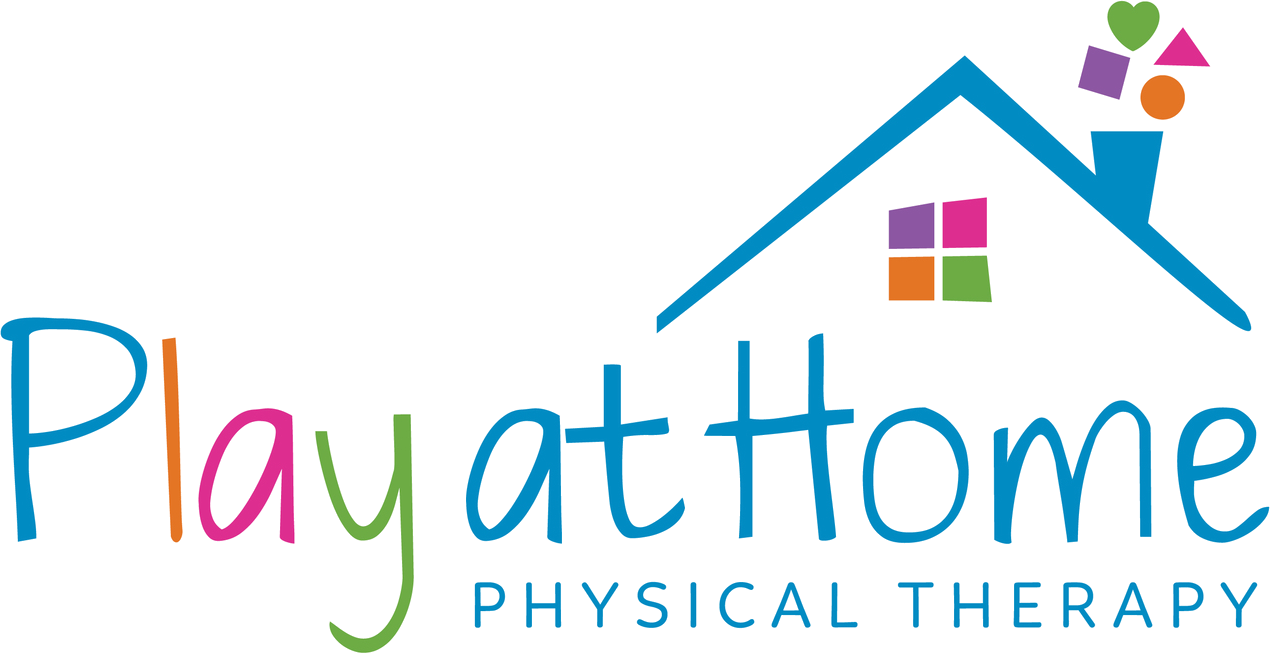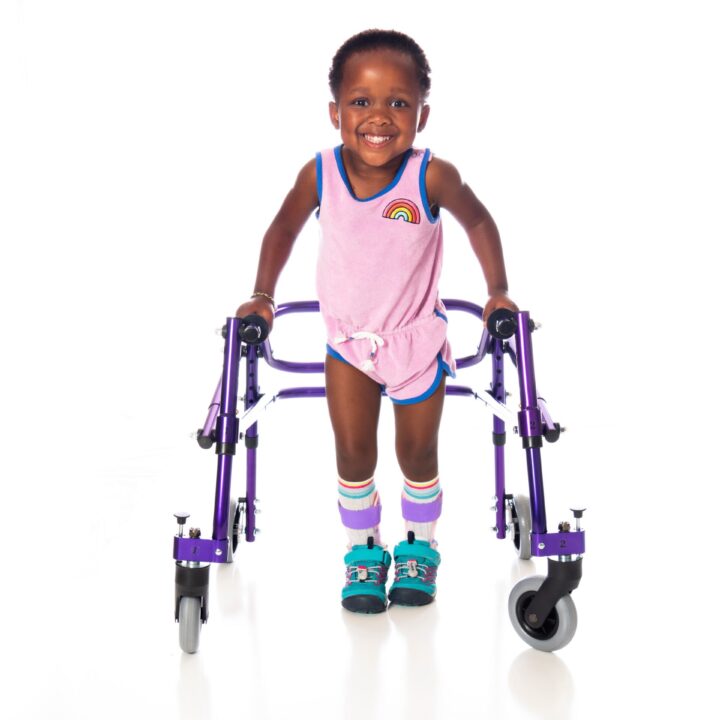
Virtual Learning Tips
October 6, 2020
Understanding Torticollis: Causes, Symptoms, and Treatment Options
September 14, 2023Treating torticollis is one of my greatest passions as a pediatric PT. Research has shown that the earlier a baby begins PT, the better their outcomes will be and the shorter their treatment duration will be. The best thing to do is to reach out to a pediatric PT as soon as you notice any signs of torticollis. These signs include:
Below are some of my favorite tips and tricks for treating torticollis that a parent or caregiver can start right away, even before you see your pediatric PT! You will notice that neck stretches are not included in these tips. I strongly believe that a baby should be evaluated by a practitioner who is skilled in this area before starting stretches on your own!
- A head tilt to one side only
- A head turn preference to one side only (may also see head flattening on the back of the head on this side)
- Use of one arm more than the other
- Preference to feed from one side only (breast or bottle)
Below are some of my favorite tips and tricks for treating torticollis that a parent or caregiver can start right away, even before you see your pediatric PT! You will notice that neck stretches are not included in these tips. I strongly believe that a baby should be evaluated by a practitioner who is skilled in this area before starting stretches on your own!
Encouraging baby to actively turn their head to both sides is a great way to help them improve their neck symmetry and flexibility. This activity can be done in any developmental position: on the belly, on the back, on the side, or sitting in your lap facing you! When baby makes eye contact with you, slowly move your face to the right and left and have baby follow your face with their eyes. Be sure to move far enough to each side so baby has to turn their head to keep following you!
If your baby prefers to turn their head to one side only, it is a great idea to practice this more to their non-preferred side. The goal is to promote equal and symmetrical movement in the neck to decrease the head turn preference.
Tip #2: Change the set up of baby’s environment
Environmental set up can be a big factor in treating torticollis! If your baby always has to look in one direction to see a caregiver approaching, or is always facing the same way in the crib or on the changing table, it can contribute to a head turn preference.
To switch things up, place baby in their crib or bassinet in the opposite orientation as their norm so they have to turn their head to the other side to see someone approaching. This can be done on the changing table too, and offers quite an experience for the parent to change your baby’s diaper with your non-dominant hand!
Tip #3: Limit time in containers
Containers are anything that “contains” your baby, and there are no shortage of them! Just a few examples of containers:
- Bouncers
- Swings
- Strollers
- Carseats
- Sit-me-up and Bumbo seats
- Jumpers
- Walkers
- Exersaucers
Tip #4: Play on side opposite of a flat spot
Torticollis most commonly presents with a head tilt to one side and a head rotation preference to the opposite side. Often, a baby will have flattening on the back of the head on the side of the rotation preference. To help correct the flattening and prevent it from getting worse, place baby in sidelying to play on the side opposite of the flattening. Use a baby mirror, colorful or textured blankets, or musical toys to make it fun! Sidelying is one of my favorite play positions for infants and it is a crucial part of treatment for torticollis and plagiocephaly!
Tip #5: Elevated tummy time
Tummy time is a staple in the treatment of torticollis. It helps to strengthen the muscles of the neck and shoulders, making it easier for baby to lift and turn their head side to side. Young infants tolerate tummy time best in an upright position when they are still building up their tolerance. In an upright position, is it easier for baby to lift the head and chest as compared to being horizontal on the floor because it is a “gravity minimized” position as compared to being horizontal on the floor.
Examples of upright tummy time include:
- Over a caregiver’s lap
- On a caregiver’s chest or tummy
- On a boppy pillow




